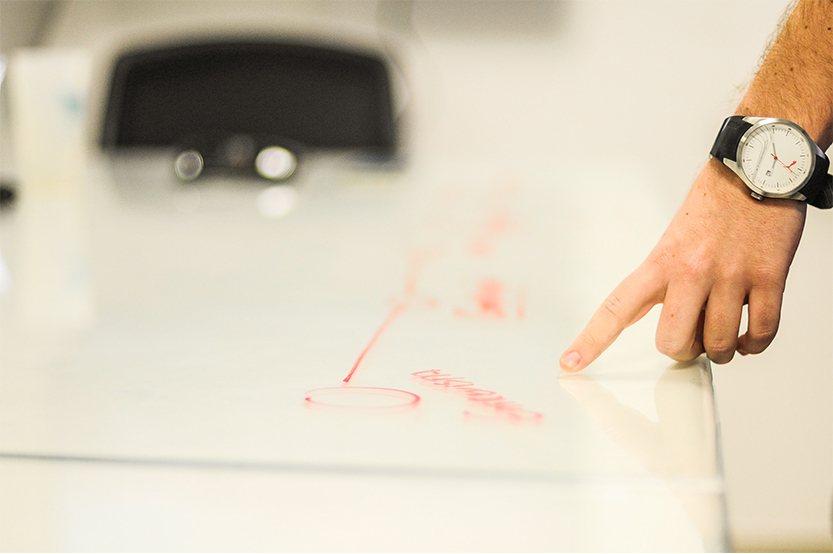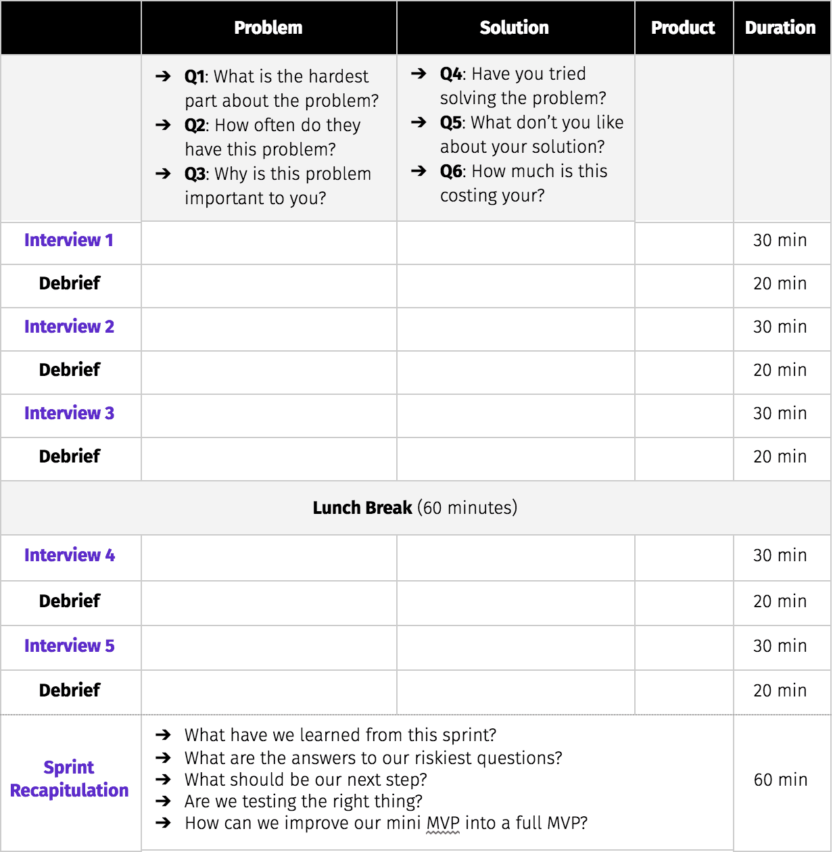“The biggest issue startups face is the fact that most great ideas tend to be counterintuitive. Validation of a startup idea is hard work. Startups fail either because of a wrong assumption, bad execution or lack of market. By doing the work incrementally and using Customer Development and MVP design patterns and frameworks you can validate your ideas faster and with less wasted resources.”
For all of you who have ever wondered how can an idea for a product or a service get validated in just 10 days, we are offering an answer to the question in a form of MVP (minimum viable product) methodology.
MVP methodology is heavily influenced by “Four Steps to the Epiphany”, “Lean Startup”, “The Mom Test”, “Cracking the PM Interview” and “Sprint”. It borrows principles from all of them and puts them in line with simply building a Minimum Viable Product. Nothing more and nothing less.
MVP DEFINITION SPRINT PLAN
This 10 days sprint plan is designed to prevent you from making mistakes and speed up your product launch. Scaling too fast, without the right strategy, market and customers is the reason why most startups fail. We want to help you avoid falling into that pit.
We’ll explain this framework day by day in order to help you define your problem statement, your target audience and unfair advantages on the market. With that in mind, you’ll be ready to build your one MVP with a minimal set of feature needed for the market.
Validate your idea – make your product ready for scaling and growth!
Day 1 – (Problem Statement)
Let’s say you’ve started with your product on Monday. Today’s structured discussions should create a path for the sprint week. In the morning, you and your team (co-founders and/or other team members) should start with defining the end product and agree to a long-term goals. Next, you’ll make a map of the challenge.
In the afternoon, your job is to find the experts in product niche and ask them to share what they know. Finally, you’ll pick a target: an ambitious but manageable part of the problem that you can solve in one weeks time.
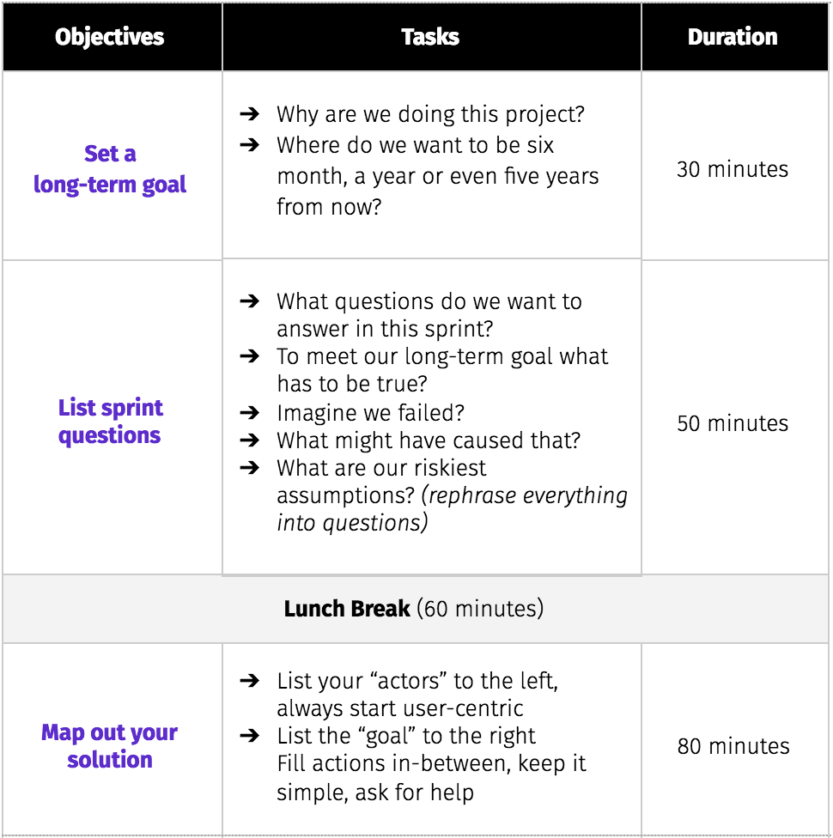
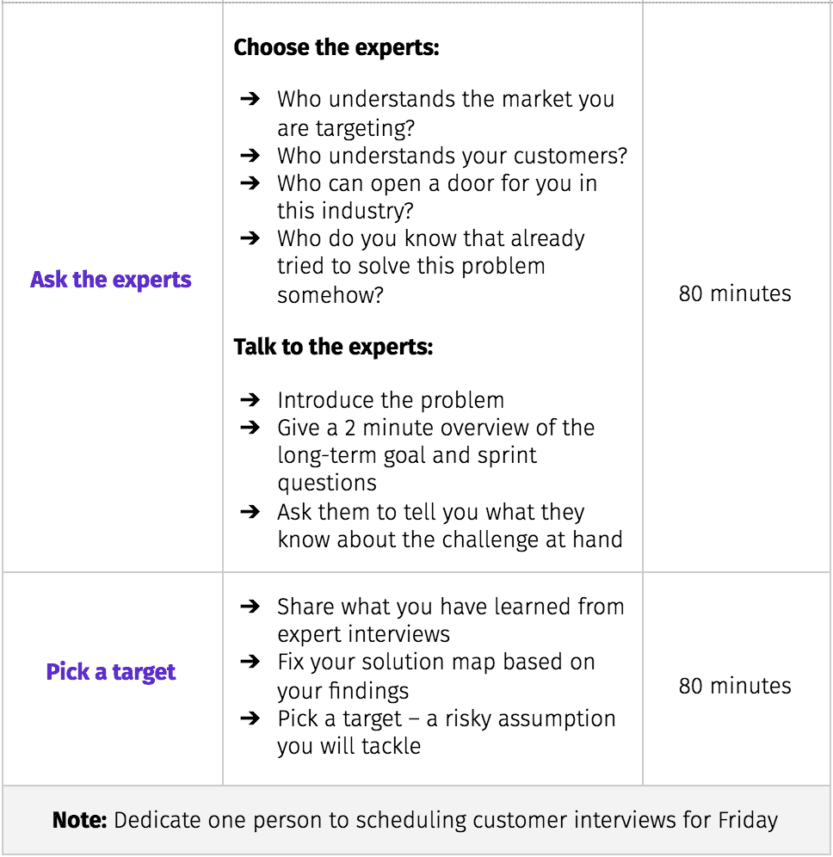
Day 2 – (Solution Statement)
After a full day of defining the problem and choosing the right target for the sprint, today, you’ll get to focus on a solution. The day starts with a review of existing ideas eligible to be improved.
Then, in the afternoon, try to do a sketch of your product, following a four-step process that emphasizes critical thinking over artistry. You should also start planning Friday’s (5th day of sprint) customer test by recruiting customers that fit your targeted profile.
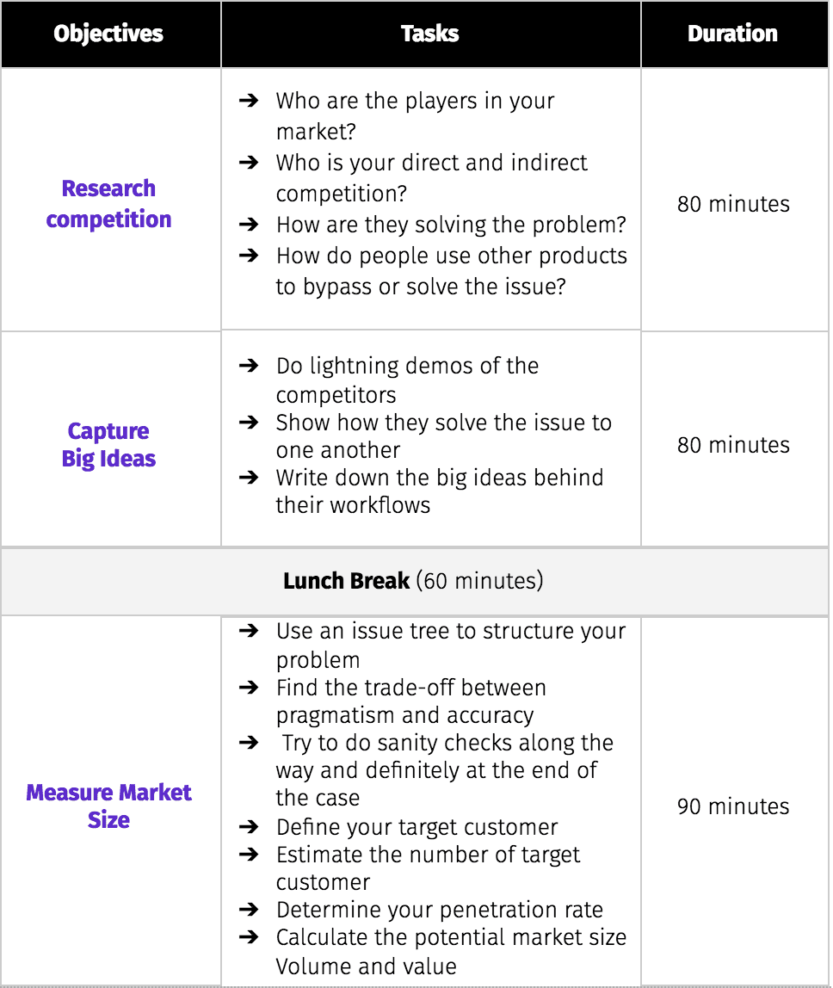
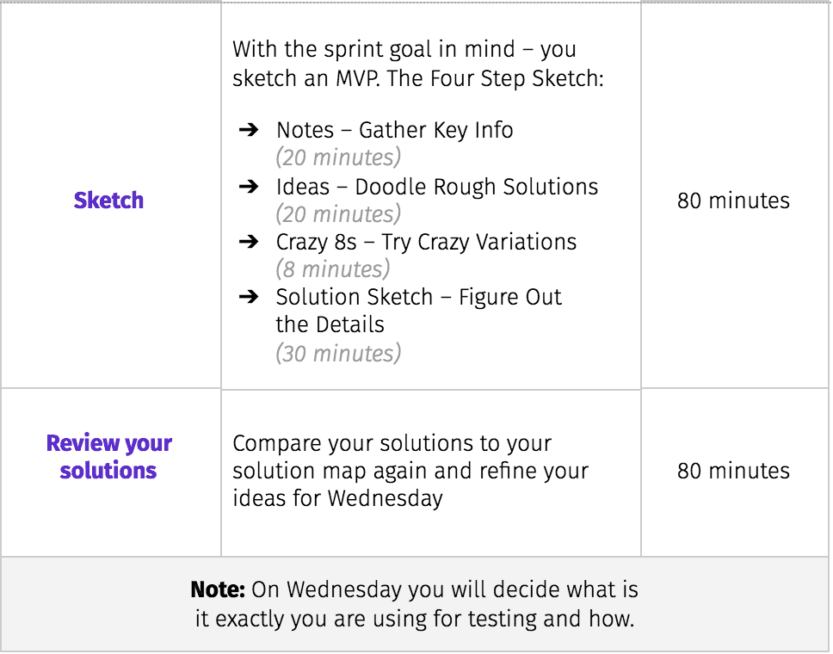
Day 3 – (Product Statement)
By this morning, you and your team should have a stack of solutions. That’s great, but it’s also a problem! You can’t prototype and test them all—you need one solid plan.
So, in the morning, try to critique each of the proposed solutions, and decide which ones have the best chance of achieving your long-term goals. Then, in the afternoon, take the winning scenes from your sketches and weave them into a storyboard: a step-by-step plan for the prototype.
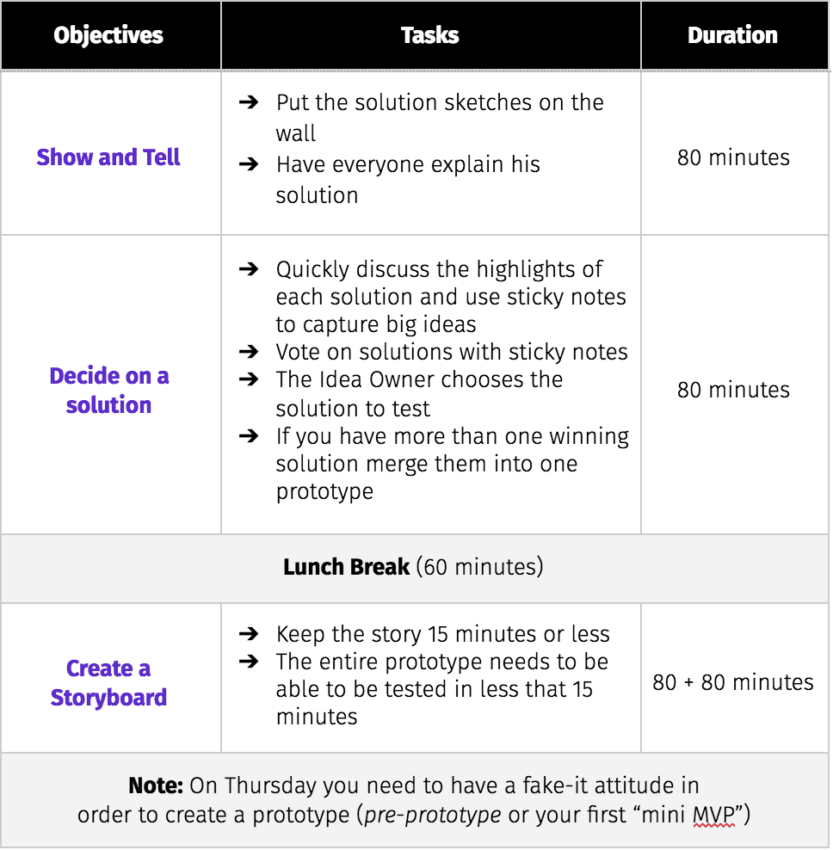
Day 4 – (Prototyping)
Yesterday you and your team have created a storyboard. Today you’ll adopt a “fake it” philosophy to turn that storyboard into a prototype. A realistic facade is all you need to test it with the customers. The best part is that by focusing on the customer-facing surface of your product or service, you can finish prototype in just one day.
On Thursday, you should also make sure everything is ready for Friday’s test by confirming the schedule, reviewing the prototype, and writing an interview script.
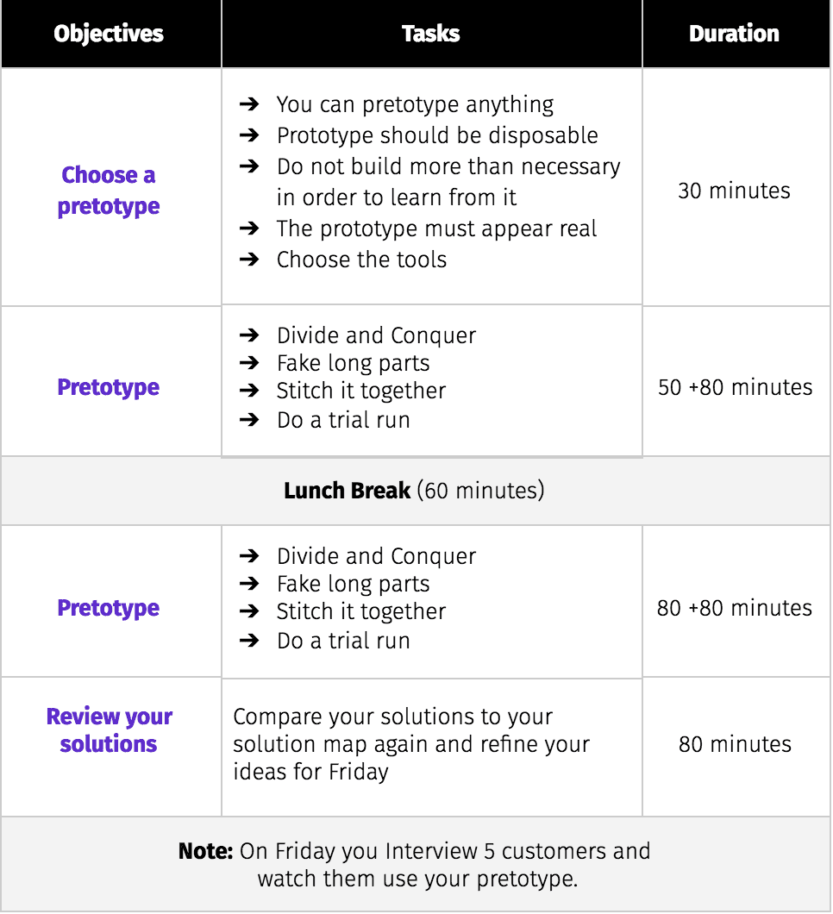
Day 5 – (Mom Test)
By now, you’ve created couple of promising solutions, chosen the best one, and built a realistic prototype. That alone would make for an impressively productive week.
But let’s take it one step further as you interview customers and learn by watching them react to prototype. This “Mom test” makes the entire sprint worthwhile! At the end of the day, you’ll know how far to go and what to do next.
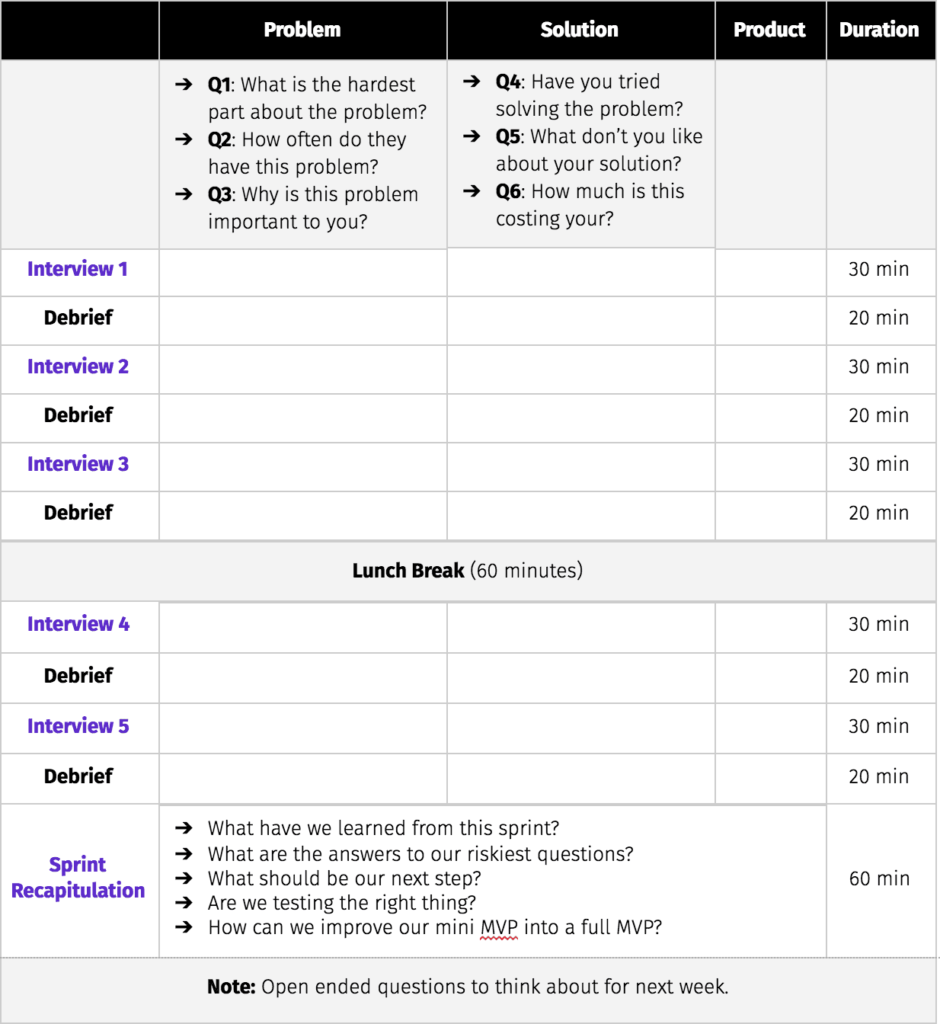
2nd WEEK
Day 6 – (Brake it than make it)
You’ve survived the first week. Brace yourself because the most interesting part is coming straight to your face like a reality check! Push your idea to the boundaries of the unknown!
Today you should do a revision of all you have done by now and make minimal or radical turning point to your solution map. Put your solution beyond limits of your expectations and biases. After a lunch break, you should find out what’s your unique value proposition and talk with experts, again!
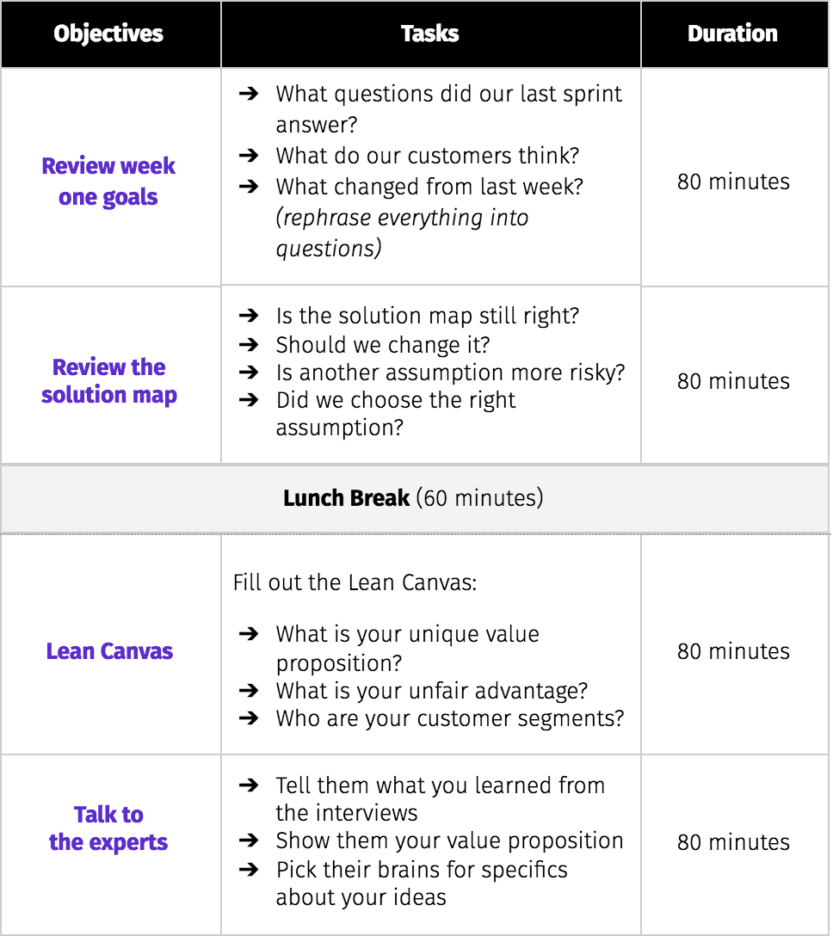
Day 7 – (Day for Canvases)
Ok, you are doing great! You’ve made it so far now prepare your canvases for product scanning!
You can download all the templates for canvases from here. There you will find an MVP Canvas as well, which is a great tool that combines your BMC/Lean end.
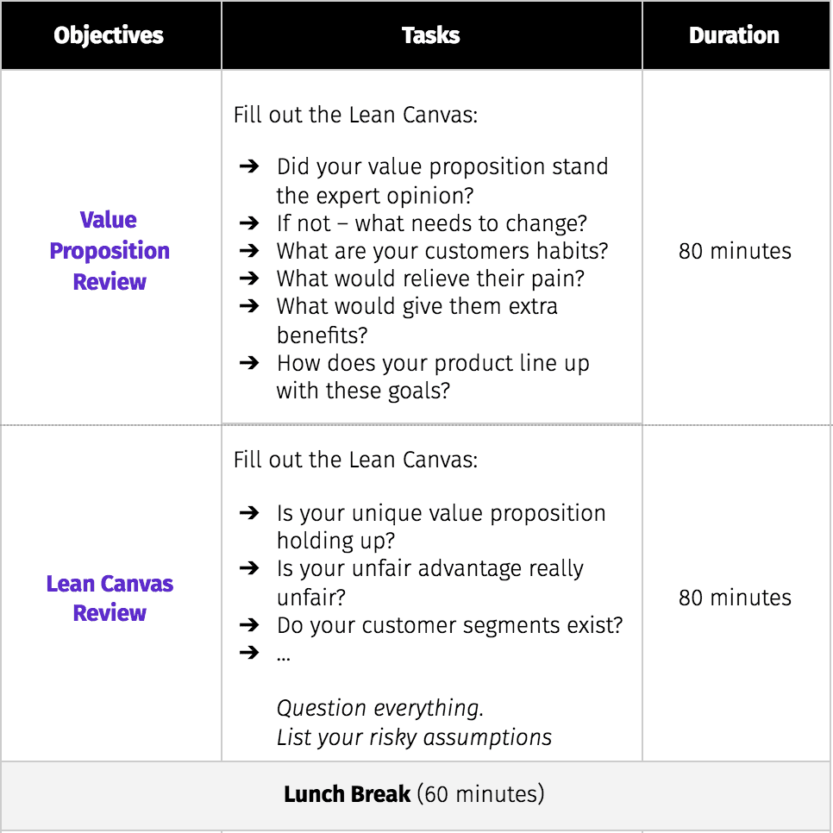
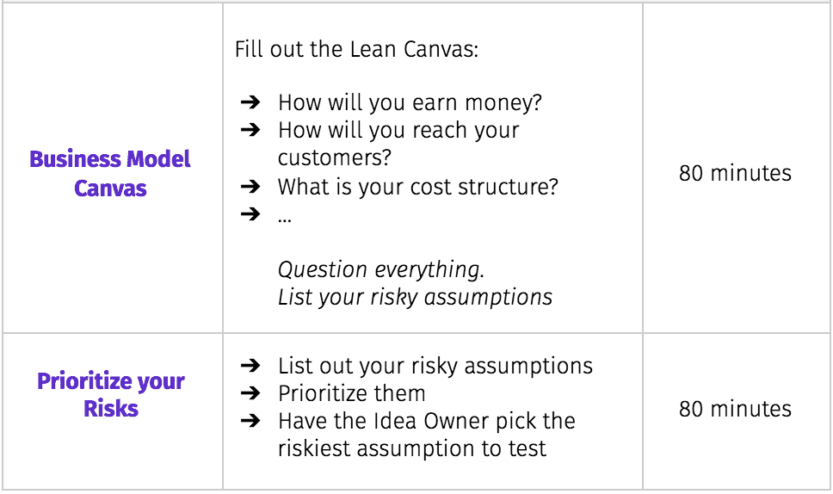
Day 8 (Prototyping – second round)
Of course, you are tired and exhausted. But now is not the time to give up! The end is near, just 3 more days.
Once you filled out your Business Model Canvas, next step is to build a prototype. It is crucial to build only necessary features, and you need to make it real. Again, don’t forget “fake it till you make it” rule.
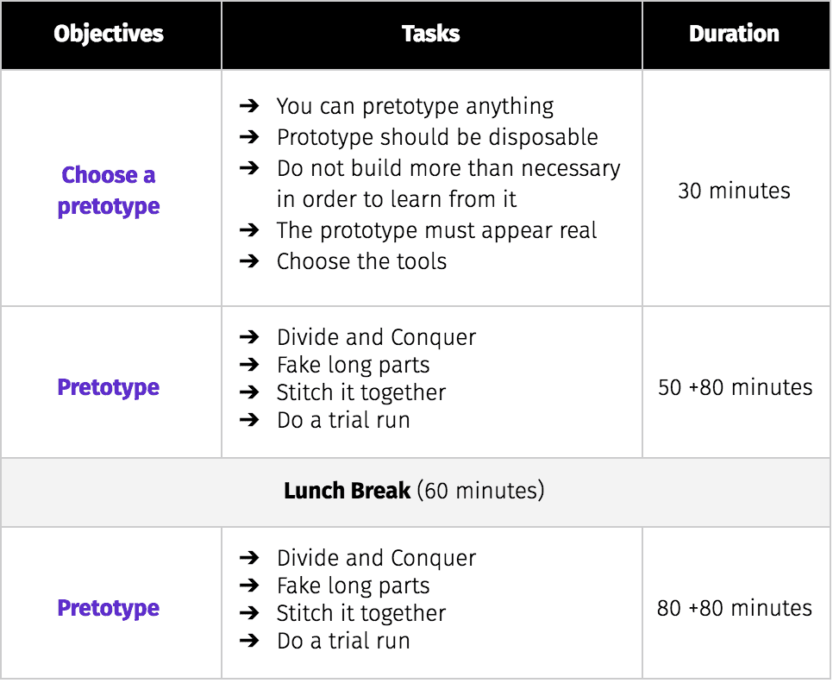
Day 9 (Still prototyping)
Loading prototype 46% …
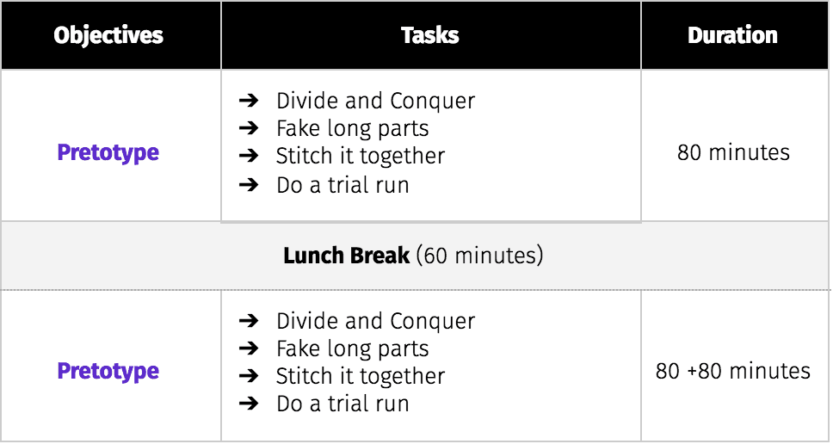
Day 10 (Check your solution with customers)
The last day is here! It’s time to test your solution with potential customers.
How close are you to build your real MVP?
Compress Months of Time Into Just 10 Days
We believe that the right methodology can help building successful and scalable startups. We sincerely hope that these framework explanations, for which we think are pretty thorough, will be helpful and useful on your path towards getting your product defined.
